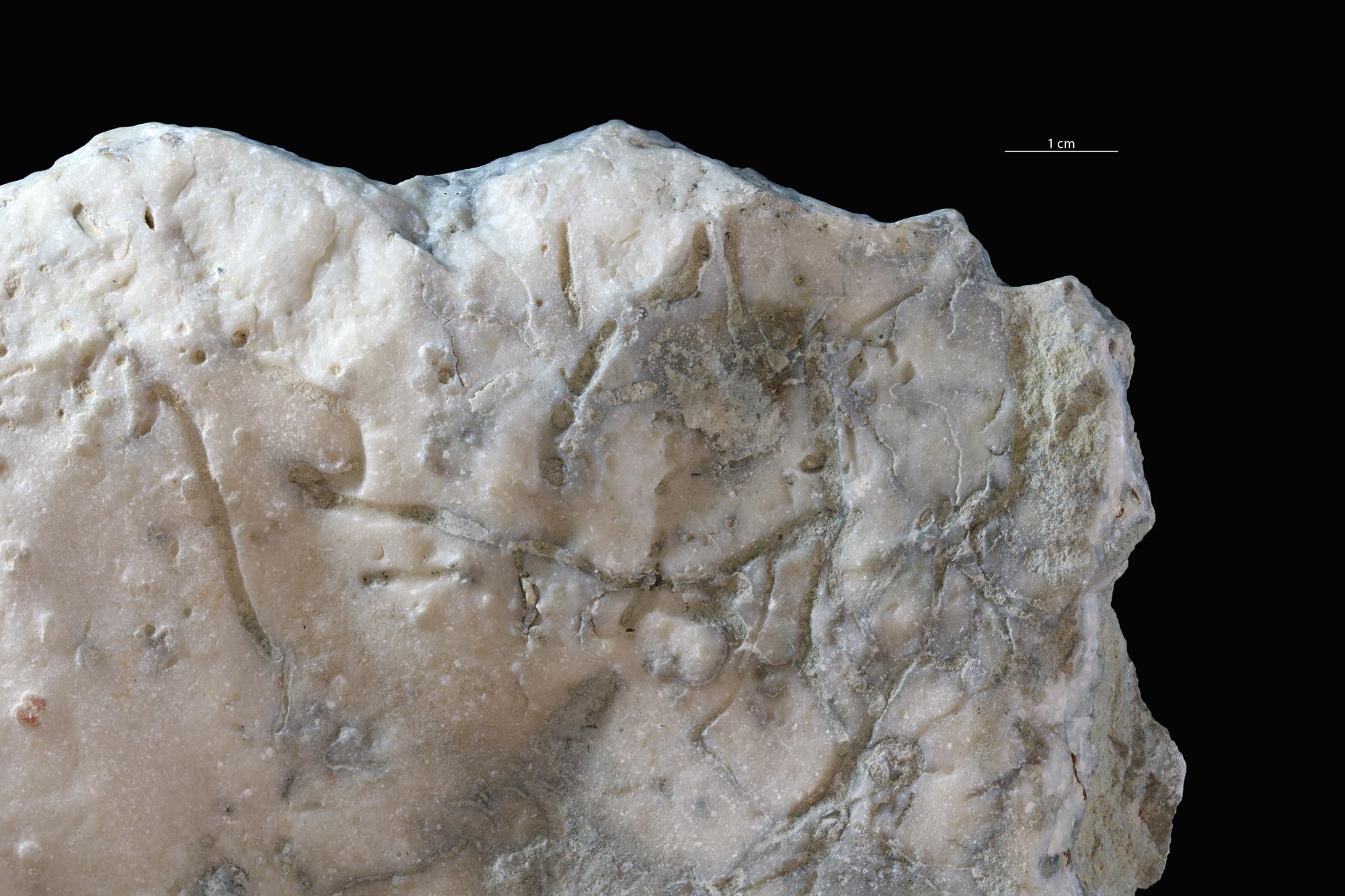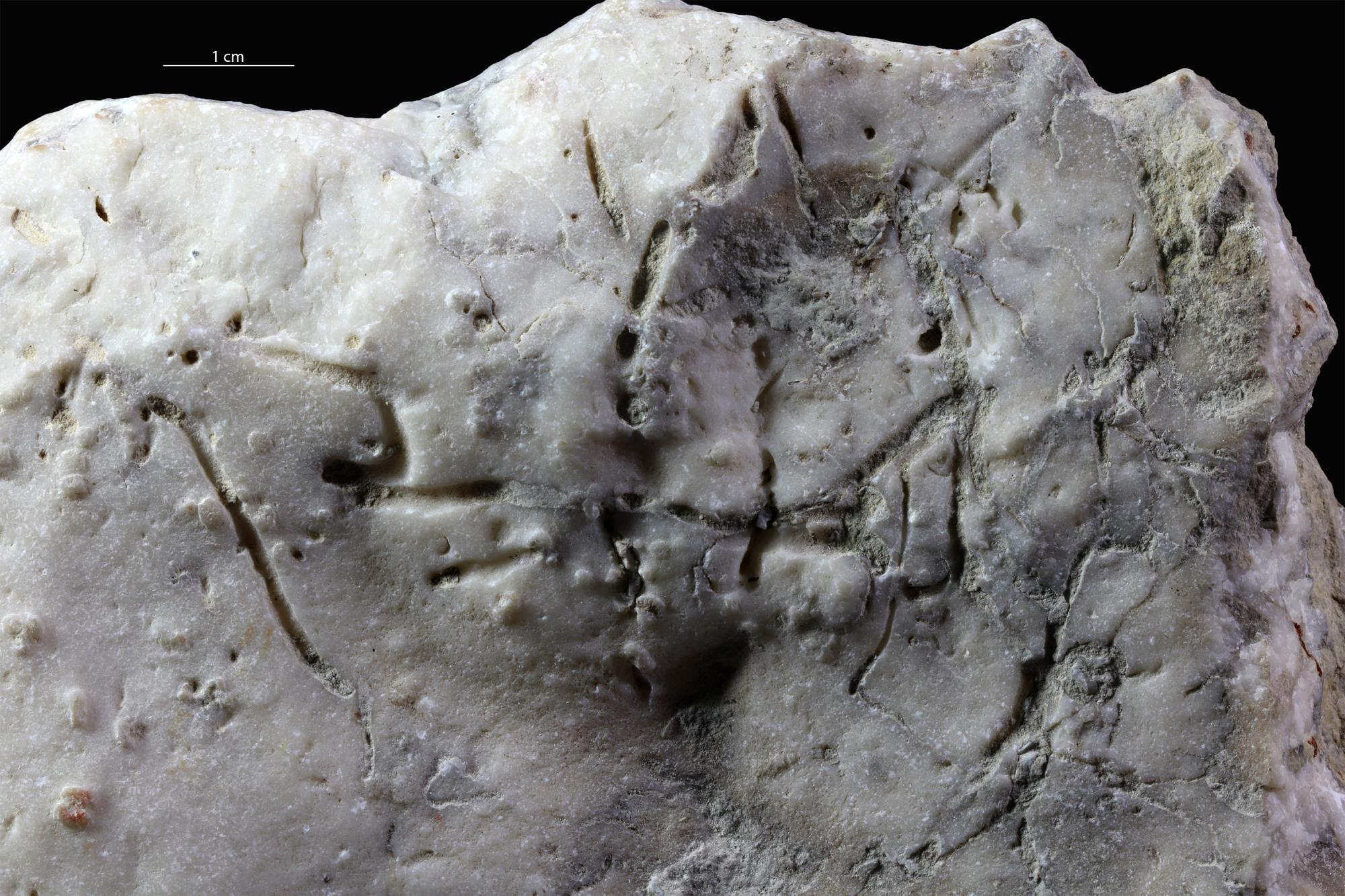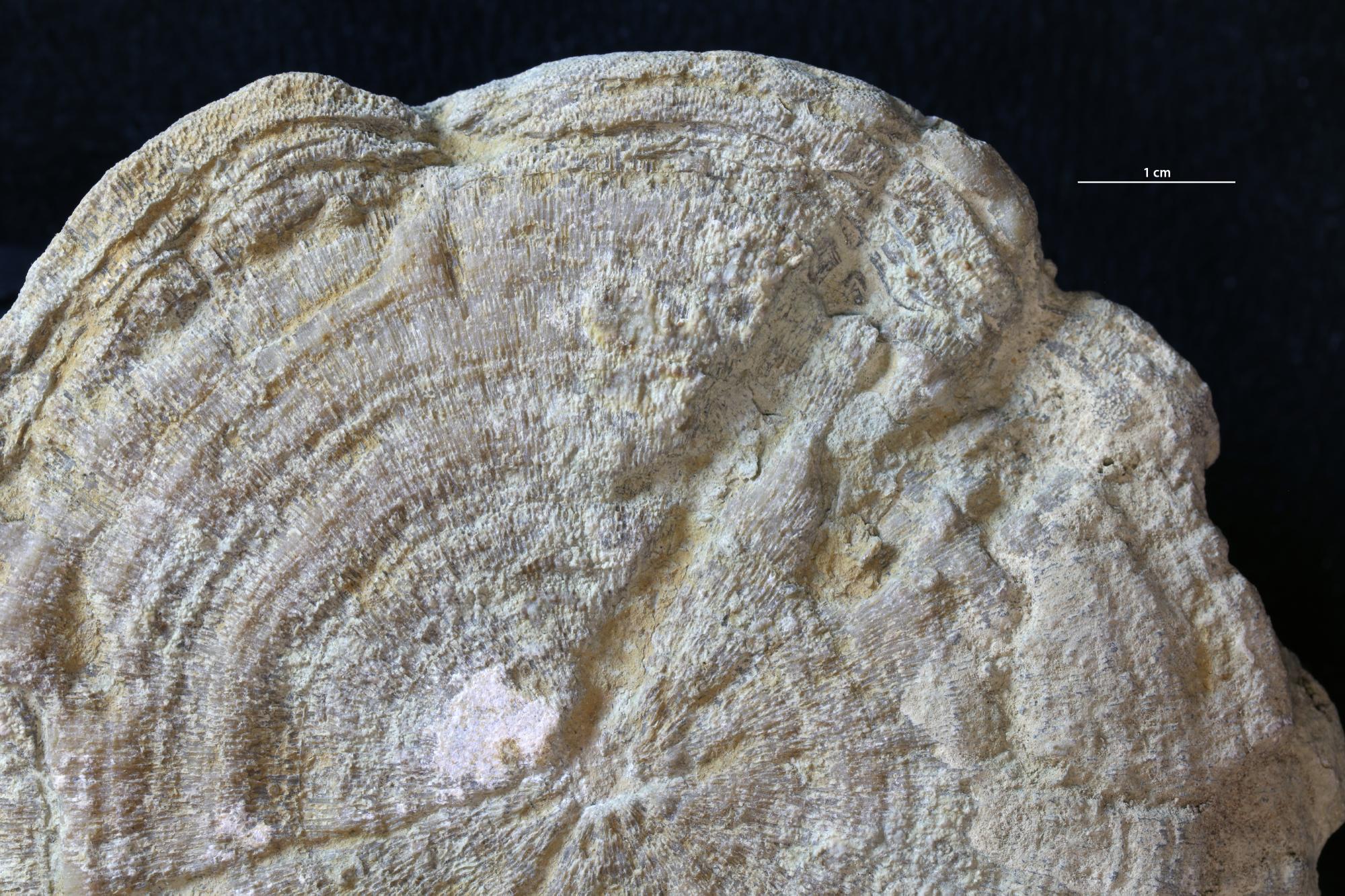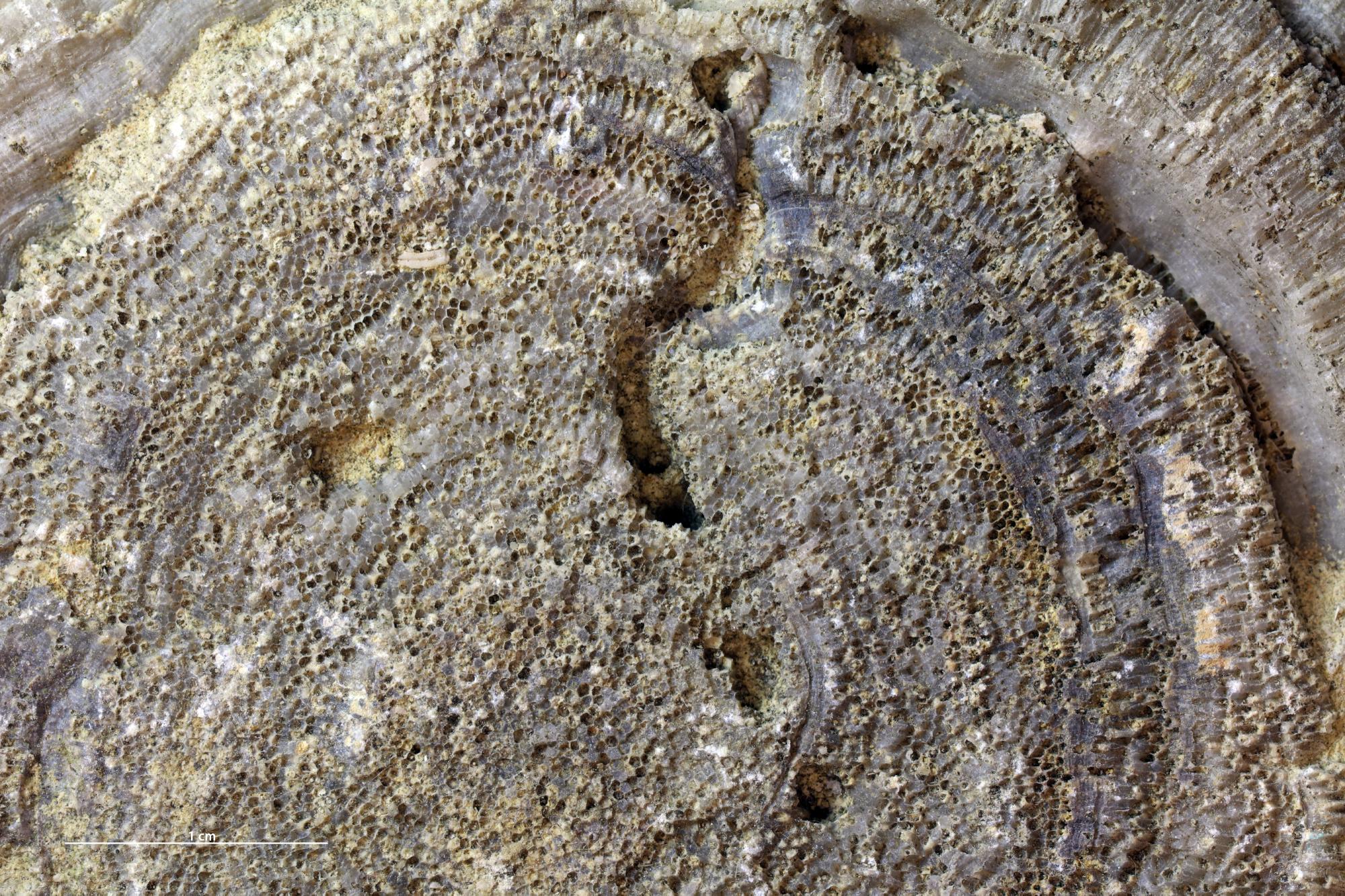Knaust, 2020a
Diagnosis. Superfcial burrow or boring with an elongate, groove-like, straight or curved course.
Diferential diagnosis. Superfcially, Sulcolithos has some morphological similarity with other groove-like burrows and trails, but difers from them by its straight to arched coursand its simplicity (e.g. lack of levees): Helminthopsis Heer, 1877 (curved, winding or meandering), Archaeonassa Fenton and Fenton, 1937 (straight to sinuous or gently meandering, median groove fanked by rounded ridges), Longshanichnus Yang and Chu, 1986 (gently wave-like curves), and Monoaulichnus Wang, 2007 (partly ornamented, lateral bevels, self-crossing). More importantly, Sulcolithos is a common frmground element but also occurs in hardground, where it becomes evident by its sharp margin. Megaplanolites Calvo, Gil and Meléndez, 1987 comprises gutter-like traces preserved on lower bedding plane and in a size one order of magnitude higher than Sulcolithos. Likewise, large furrows on upper bedding plane were described by Geister (1998) and attributed to the feeding activity of pelagic reptiles.
Heughia Smith, 1910 and Lockeia anticostiana Twenhofel, 1928 are common, but forgotten ichnogenera describing short grooves that apparently represent the distally preserved parts of vertical U-shaped burrows (e.g. Soergel 1923; Prell 1925; Goldring 1962; Cornish 1986; Hannibal 1996; Martin et al. 2016). Similar “gouges” were described by Dżułyłyński and Kinle (1957). Isolated curved burrows of Fuersichnus communis Bromley and Asgaard, 1979 may resemble Sulcolithos variabilis, whereas the morphologically similar Corophioides? minus Müller, 1967 has a dumbbell-shaped outline. They all differ from Sulcolithos by their relatively short and confned length and their association with softground. Of similar shape, but shorter and pouch-shaped is Petroxestes Wilson and Palmer, 1988, which, however, is a bioerosion trace fossil (Wisshak et al. 2019). This also applies to Sulcichnus Martinell and Domènech, 2009, comprising long winding grooves on solitary corals, as well as Ericichnus Santos and Mayoral, 2015, grooves with sinuous pathway and bifurcation. Osprioneides Beuck and Wisshak in Beuck et al., 2008 is a large, but endogenic, elongate boring within Silurian lithic substrate (see also Vinn and Wilson 2010; Vinn et al. 2014). Figure 1 shows the comparison of Sulcolithos variabilis isp. nov. with similar ichnotaxa occurring in soft to hard (calcareous) substrates. In addition, there are morphologically similar trace fossils excavated in osteic substrate (i.e. bone), for instance Sulculites Vialov and Nessov, 1974; Cubiculum Roberts, Rogers and Foreman, 2007; and Cuniculichnus Höpner and Bertling, 2017. Scalaridomus Palmer, 1978 was introduced from the Middle Ordovician of the USA and is diagnosed by two parallel open tubes joined by cross-tubes. Scalaridomus is only known from its type locality and has an unclear taxonomic status and an afnity with Balanoglossites (see Buatois et al. 2017). Judging from the fgured (but not collected) holotype, Scalaridomus is likely a composite trace fossil containing components similar to Sulcolithos variabilis and Balanoglossites triadicus, and as such an invalid ichnotaxon.
- Knaust, 2020a Engelhardt Quarry Middle Triassic
- Knaust, 2020a Saxby shore Vormsi Stage
- Knaust, 2020a Aluvere quarry Haljala Stage
- Knaust, 2020a Tosna River, Leningrad Oblast Volkhov Stage





